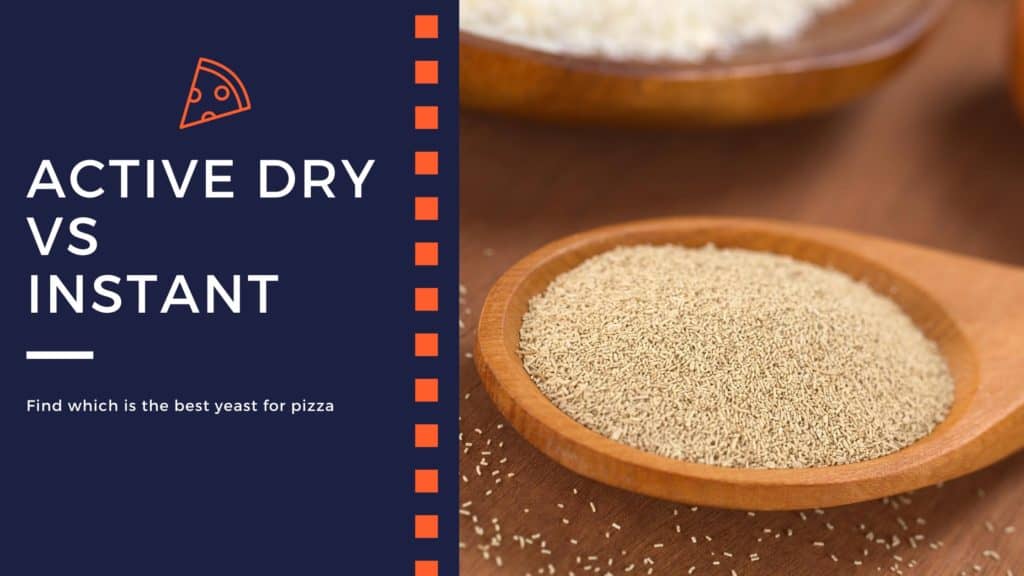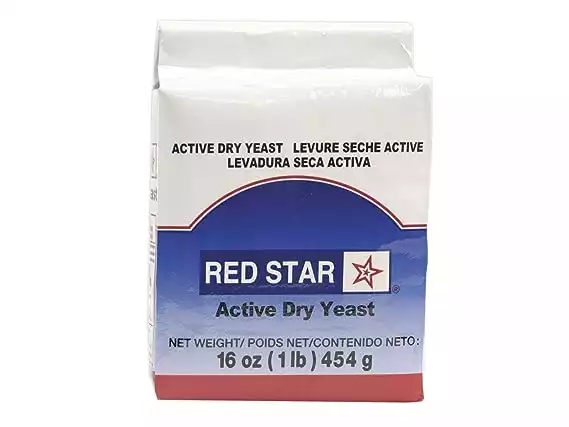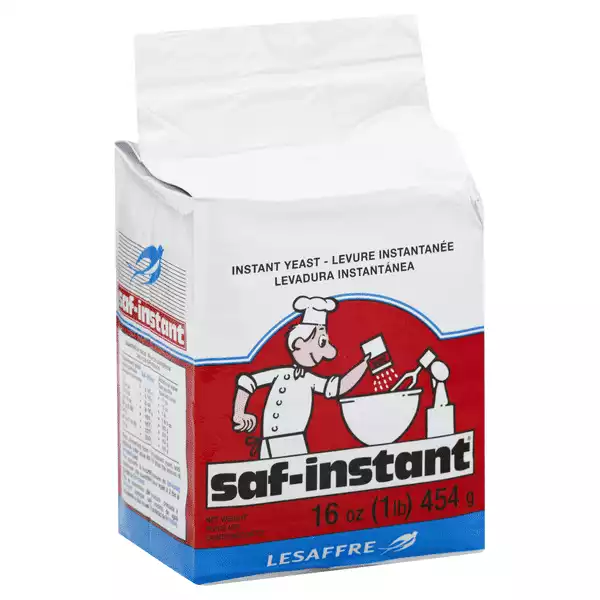As devoted pizza PROs, we’re here to unravel the delicious mystery that lies at the heart of our favorite pie: the great yeast debate. You see, yeast is the unsung hero of pizza dough, the secret ingredient that can make or break our crust.
Are you curious about the age-old battle between active dry yeast and instant yeast?
Wondering which one will give your pizza dough that perfect balance of chewiness and crispiness? Worry not, for we have taken a deep dive into the world of yeast to bring you the answers you seek.
So, let us embark on this scrumptious journey as we explore the differences between active dry yeast vs instant yeast and, ultimately, help you determine which one reigns supreme for your pizza dough.
Keep reading and discover the secret to the perfect pizza dough.
Let’s find out!
Here’s What You Will Find:
Key Takeaways
Active Dry vs Instant Yeast
There are a few key differences between active dry yeast and instant yeast:
Activation time: Active dry yeast typically needs to be hydrated in warm water before adding it to a dough, while instant yeast can be added directly to the dry ingredients.
Rise time: Instant yeast has a faster rise time than active dry yeast, so doughs made with instant yeast can be ready to bake in a shorter amount of time.
As for the best yeast for pizza, we prefer active dry yeast. However, it really depends on the recipe and your personal preference. Some pizza doughs call for a longer fermentation time, which can be achieved with active dry yeast. On the other hand, some pizza recipes call for a faster rise time; in that case, instant yeast is the best option.
Both yeasts can produce delicious pizza crusts, so following the recipe and paying attention to the dough’s rise time and the overall texture is important.
How Yeast Works
Flour does not inherently contain yeast, so we must introduce it separately during baking to enable the dough to rise and create the fluffy texture characteristic of the pizza.
Yeast is a fungus, and the way it works is rather intriguing. The yeast produces carbon dioxide by feeding on fermentable carbohydrates in the dough’s ingredients.
Carbon dioxide forms air pockets in the dough, and heat kills the yeast during baking.
This traps air pockets in the dough, resulting in a light, fluffy pizza crust. When a pizza dough recipe calls for sugar, it’s because the sugar aids in the yeast’s feeding process.
During this time, the yeast will eat the starches in the flour and, in just a few minutes, will release carbon dioxide and alcohol, inflating the dough like a balloon.
This process is essential for giving the pizza crust its delicious flavor and texture. Pizza needs yeast; without yeast, you end up with a flat cardboard type of pizza.
Nevertheless, when it comes to your pizza, the yeast you use must be the right one because how that pizza crust turns out will make a difference between a good pizza and the best pizza.
Why Do You Need to Add Yeast to Pizza Dough?
The answer indeed is simple. We use yeast mainly to make the dough rise, and the better the dough rises, the better the flavor and texture of it will be once it’s finally finished.
Rising is the process where the yeast works its magic. It is technically called the fermentation process.
Can you make pizza dough with both active dry and instant yeast?
You can certainly use active or instant dry yeast to make great pizza dough.
However, the yeast you use for pizza will determine how you mix your ingredients and when you need your dough to rest.
We will go in-depth into each of the pros and cons of using the two.
Still, if a pizza recipe calls for a specific type of yeast, it’s better to go along with that type. The recipe directions will probably already consider the different factors that yeast will affect.
If this isn’t the case, you’ll have to decide which yeast to choose, so here is a recap of both.
Pro Tip
Depending on where you live, during the warmer or more humid months of the year, the amount of water to mix the dough may need to be reduced.
Active Dry Yeast
Active dry yeast is the most common yeast for pizza dough recipes, and some people consider it the best yeast for pizza overall, although that opinion depends on other factors.
With active dry yeast, the yeasts are not killed but instead are dehydrated to become dormant. If you add the yeast to water at 95° to 105° Fahrenheit, the yeast becomes active again.
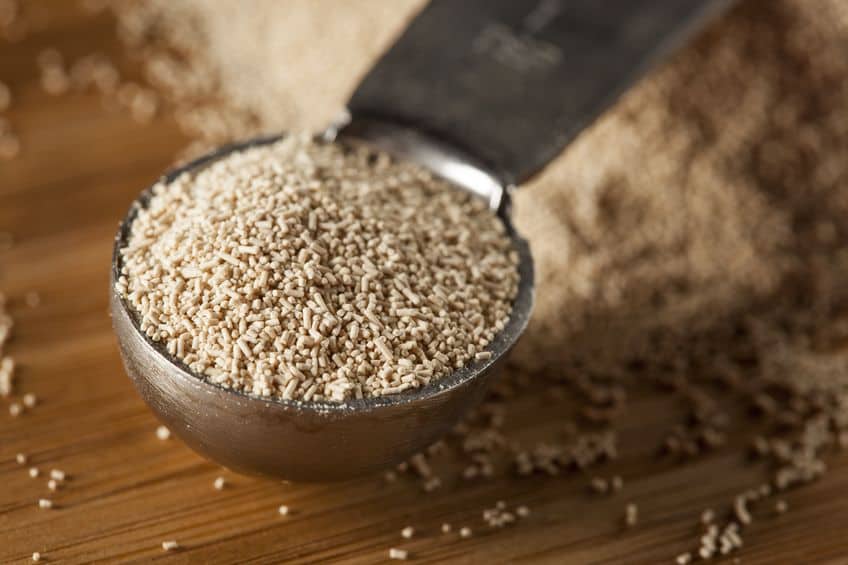
This type of yeast comes in small round granules and must be dissolved in warm water before adding it to the pizza recipe because it is a dormant organism until activated.
Another reason to dry out the yeast is to give it a more stable shelf life. Active dry yeast typically lasts up to one year and can last up to 5 years when you keep it in the freezer.
One of the reasons it’s such a popular type of yeast for pizza dough is that it is inexpensive, easy to use, and you can find it in most supermarkets.
Instant Yeast
Also called quick-rise or fast-rising yeast, there is nothing dormant in instant yeast, and therefore, you can add it to your pizza recipe without adding warm water first. Instant yeast comes in a strip of three packets; open it and just sprinkle instant yeast straight into the flour.
Because of these things, you only have to let your baked goods rise once, making them perfect for quick baking projects.
Instant dry yeast has more live cells than active dry yeast, so it is so fast-acting. Instant yeast can be a lifesaver for people who love to bake things without spending hours in the kitchen.
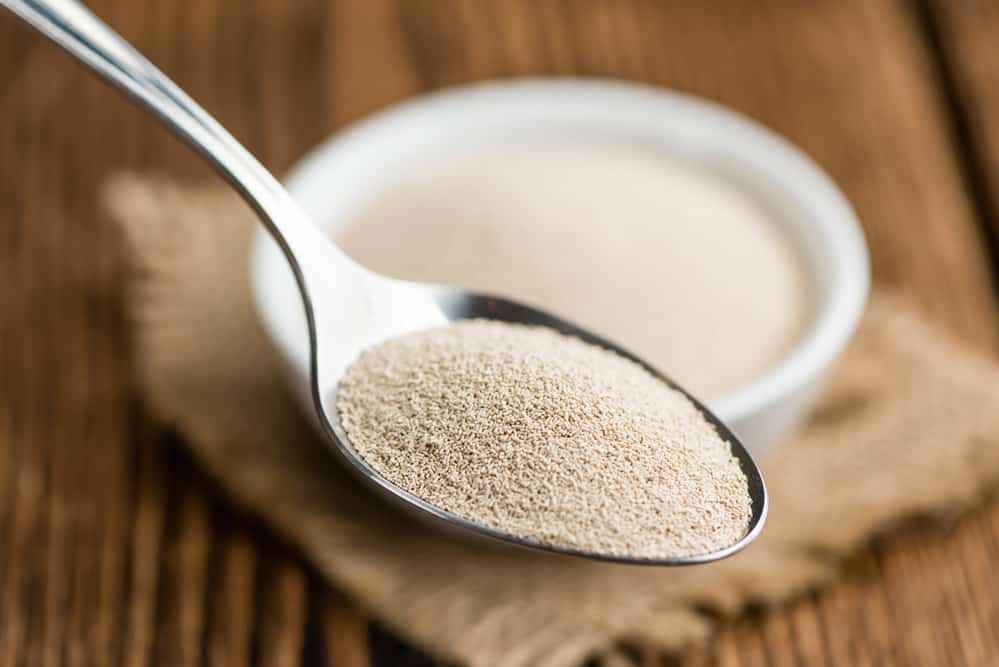
Instant Yeas vs Active Dry Yeast
The main difference between active dry yeast and instant yeast lies in their usage and preparation.
Active dry yeast requires dissolving in warm water before use, allowing for controlled activation and often resulting in a longer rise time.
In contrast, instant yeast can be directly mixed into the dough without prior hydration, saving time and often leading to quicker rise times.
Both types of yeast can produce excellent results, so the choice depends on personal preference, recipe requirements, and desired convenience. Whether you opt for the traditional approach of active dry yeast or the ease of instant yeast, both are reliable options for achieving delicious homemade baked goods.
Instant yeast looks remarkably similar to active dry yeast, except its smaller granules contain other additives.
You might be getting a little nervous that you might accidentally use the “wrong” type of yeast the next time you set out to make a great pizza crust, but not to worry.
In most cases, it doesn’t matter which type of yeast you use because, as a general rule, they are interchangeable when used in small amounts. See below for further details.
That said, it doesn’t mean your results will appear the same. The two types of yeast usually produce different final results, although the changes are generally minimal.
For more info, check our article on the best yeast for pizza dough.

Yeast Conversion Tips
If the recipe calls for one type of yeast and you use the other type instead, pay attention to the following tips:
- If your recipe calls for instant yeast and you use active dry yeast, allow a rise time of around 15 minutes slower.
- If your recipe calls for active dry yeast and you use instant yeast instead, you can reduce the rise time by roughly 15 minutes.
Other than that, the two types of yeast make a great loaf of bread or pizza crust, but each has advantages and disadvantages.
Pizza Pun
What did Judge Yeast say?
All rise.
How do you substitute active dry yeast for instant yeast?
The conversion rate from Active Dry to Instant is not technically interchangeable. Generally, you shouldn’t use the same amount of active dry yeast as instant yeast.
Here is why it is like comparing lemons, like lemon and lime; they are quite different from the same citrus family. One is sweeter than the other; the color, texture, and acidity differ.
The same principle applies to Active dry yeast and Instant yeast; they are from the same family or, in this case, from the same species, dry yeast, but they are different.
So, what component makes these different yeasts unique? Mostly water content.
Instant yeast consists of 98% solids and 2% water, while Active Dry yeast consists of 93% solids and 7% water. Water will evaporate during the cooking process, so you end up with a 5% difference in solids between the two yeasts.
The main difference is that instant yeast has certain additives that make it more reactive. This means it doesn’t have to be mixed with water to activate. You can usually sprinkle instant yeast straight onto your dough mixture. Because it doesn’t need to be activated first, instant yeast is also less susceptible to being affected by extra salt.
Difference in Water Content
Active Dry Yeast vs Instant Yeast
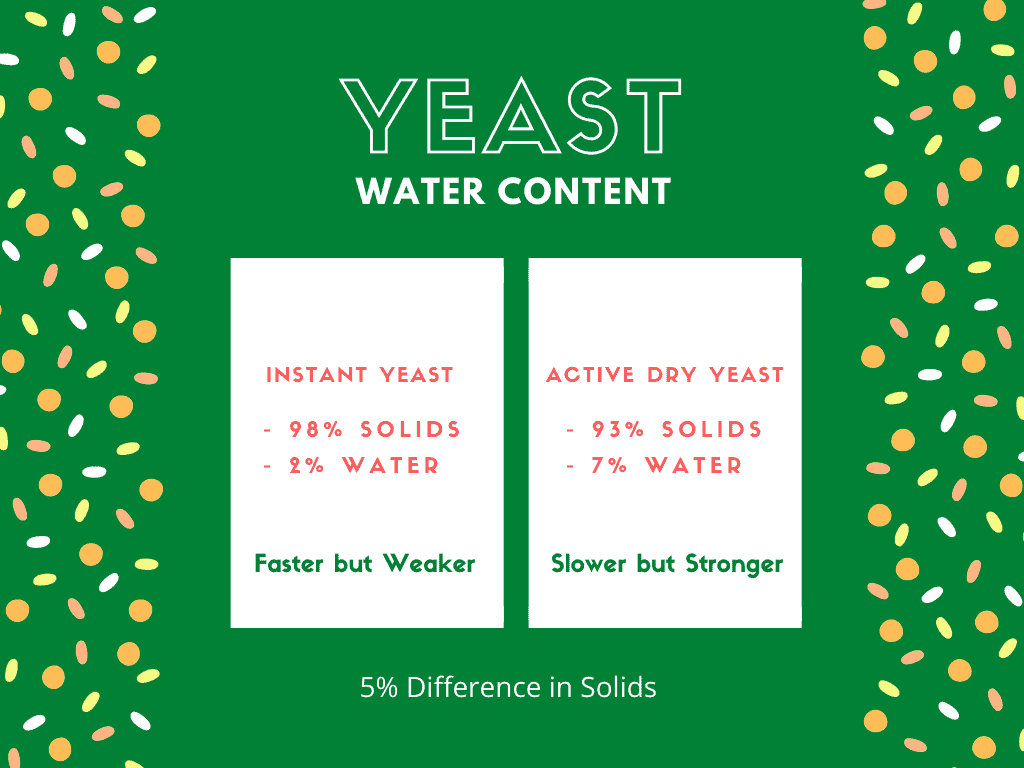
Active Dry Yeast vs Instant Yeast Differences
Other differences exist when comparing active dry yeast vs. instant yeast, such as the coating and the processing methods. But water content is the most significant difference making Instant Yeast more concentrated and potent than Active dry yeast.
This is why it is also faster acting.
- So, if a recipe calls for common Active Dry Yeast, but you have Instant, use 5% less of the required yeast.
- On the other hand, if the recipe calls for Instant and you have Active Dry, just use 5% more of what the recipe calls for.
Here is the caveat, when it comes to making homemade pizza, there will not be much difference in volume or weight on which type of yeast you are using when only small amounts of yeast are required.
For example, our Neapolitan Dough Base recipe recommends 10 grams of active dry yeast or 2% of bread flour (500g). If you were to use instant yeast, you would need 9.5 grams of yeast (5% less). The difference between the two is not significant.
Is it going to make a difference in your homemade pizza?
Probably not.
If you want to save the trouble of doing the numbers, you can substitute 1 : 1 only when handling small amounts of yeast.
However, when making large amounts of pizza dough, pay close attention to your numbers, depending on the recipe.
What Happens If You Don’t Dissolve Active Dry Yeast?
Not much happens. Active dry yeast now comes in smaller granules that help the yeast grow even when added directly to dry ingredients. The key is to let the dough ferment for a longer period.
If you are accustomed to dissolving dry yeast in cold water first or need to ensure it is alive, keep doing that; it will save you time and flour if the yeast is not alive.
However, if you want to take the risk, you can. Just skip the activation process and add the yeast to the bread flour.
What happens if you proof instant yeast?
Instant yeast is meant to be mixed with dry ingredients, such as wheat flour.
However, if you want to hydrate it, you can.
Place the yeast in an amount of water five times its weight at 95°F.
For example, if you use 5 grams of yeast to hydrate it, you should use 25 grams or milliliters of water. Note the temperature is lower than for active yeast.
That is because instant yeast is susceptible to water temperature.
Keeping track of the temperature is essential; a variation of as few as 5°F can result in some loss of the fermentation process.
Once the instant yeast is hydrated in the 95°F water, it can be combined with the rest of the water that will go into your dough mixture.
Is Active Dry the Best Pizza Yeast?
The latter provides one significant advantage if you’re curious about the difference between instant and active yeast.
Activating Yeast
When you dissolve this yeast in warm water, it will bubble. These bubbles are the best way to tell if your yeast is still alive. If there is no bubbling, your yeast is dead, and you should not use it in your recipe.
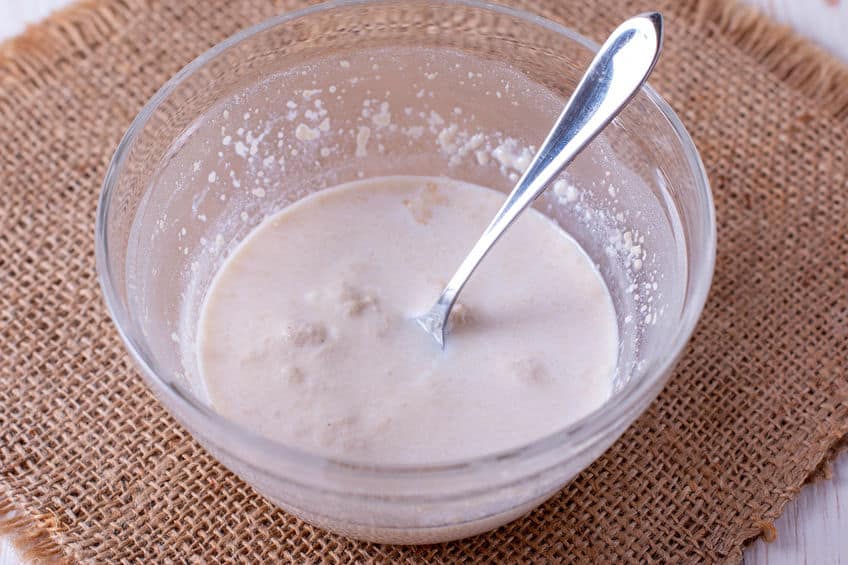
Adding Instant Yeast
Since there is no dissolving instant yeast in warm water before adding it to your recipe, there is no way to tell if the yeast is dead or alive.
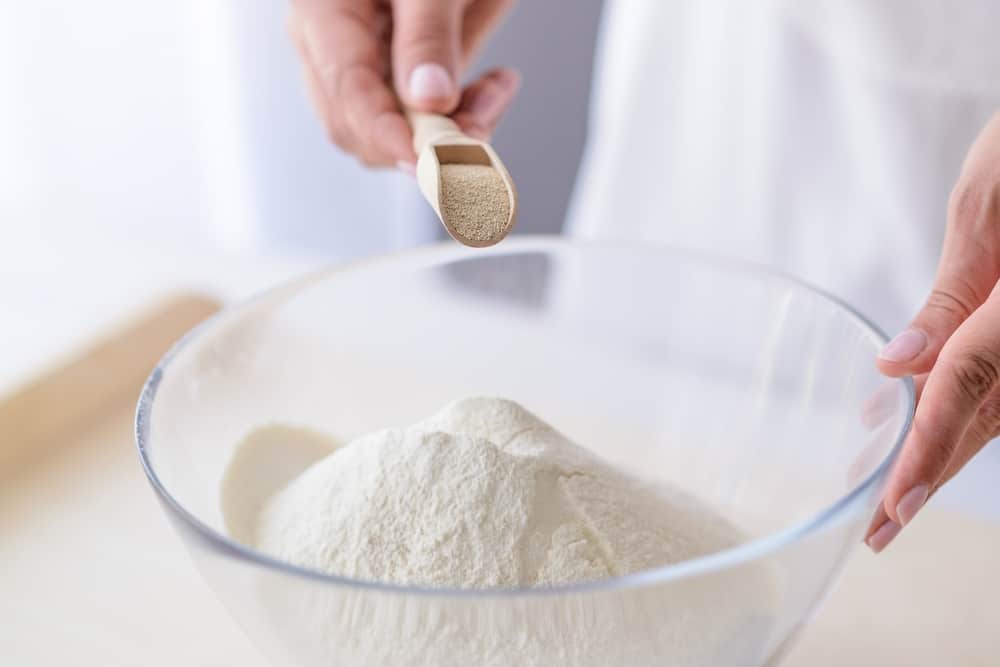
If you make a batch of pizza dough with instant yeast and the yeast is dead, you won’t know it until you try to bake the pizza crust; at this point, it will be too late, and you will have to throw it all away.
This flour-saving tip is why experienced pizza makers usually recommend using only active dry yeast when making pizza dough.
Active Dry vs Instant Yeast
The winner is Active Dry Yeast when choosing between
Active Dry Yeast is perfect for pizza makers, particularly Neapolitan pizza. Its moderate regular gassing power provides the fermentation tolerance required for slow and cold fermentation. Its reduced power makes it easy to shape the pizza, thus avoiding the shrinking effect.
All these different yeasts make great pizza dough, but the best depends on your needs.
For homemade pizza, we would recommend avoiding Quick-Rise or Rapid-Rise Yeast altogether. These are meant primarily for bread machines. It defeats the whole purpose of keeping the proofing process as slow as possible.
Check our article on the best yeast for pizza dough for more info.
Let us know what you think; we would love to know. Do you get better results with instant yeast?; if so, send us your recipe, and we will post it and try it out. Submit your recipe here.
Here’s What the PROs at Homemade Pizza Pro Use and Recommend
Red Star Active Dry Yeast is a trusted choice among bakers. It's known for its consistent performance, balanced fermentation speed, and subtly nuanced flavors it brings to pizza dough, contributing to a well-rounded and delicious crust.
Tips for Using Yeast for Pizza Dough
Yeast is a fundamental microorganism employed in the food industry for years. Even though it is so widely used, it may take a few tries to get the feel of it.
We’ve gathered some recommendations to make your yeast experience as painless as possible:
- Yeast thrives in temperatures between 75 and 80 degrees Fahrenheit. It begins to perish at higher temperatures and becomes dormant at lower temperatures.
- If your yeast starts to make air bubbles, it’s alive and well. You’ll have to start over if it isn’t bubbling.
- Even instant yeast takes time to proof once it has been introduced to the dough.
- Proof your dough in a clear, airtight container.
- When adding salt to the dough mixture, be careful not to kill the yeast.
- Extra sugar in the dough can assist in feeding the yeast, although it isn’t always essential.
For more yeast tips, check our article 10 Yeast Tips for Pizza.
Where to Buy Yeast?
Active dry or instant yeast is readily available in local supermarkets, bakery supplies stores, or online. See below for details.
SAF is easy to use (no proofing or pre-dissolving); it's fast-acting and long-lasting, continuing to work for hours longer than "rapid" yeast. It's absolutely reliable.
Red Star Active Dry Yeast is a trusted choice among bakers. It's known for its consistent performance, balanced fermentation speed, and subtly nuanced flavors it brings to pizza dough, contributing to a well-rounded and delicious crust.
The Last Slice
When it comes to active dry yeast vs instant yeast, both have their own advantages and considerations in baking. Active dry yeast requires rehydration in warm water before use, providing a longer preparation time but allowing for more control over the yeast’s activation.
On the other hand, instant yeast can be directly mixed into the dough without prior hydration, saving time and often resulting in faster rise times.
Ultimately, the choice between active dry and instant yeast depends on your personal preference, recipe requirements, and desired outcome. Whether you opt for the traditional approach or embrace the convenience of instant yeast, both can help you achieve delicious, homemade baked goods.
Happy baking with your yeast of choice!
Additional Yeast Resources
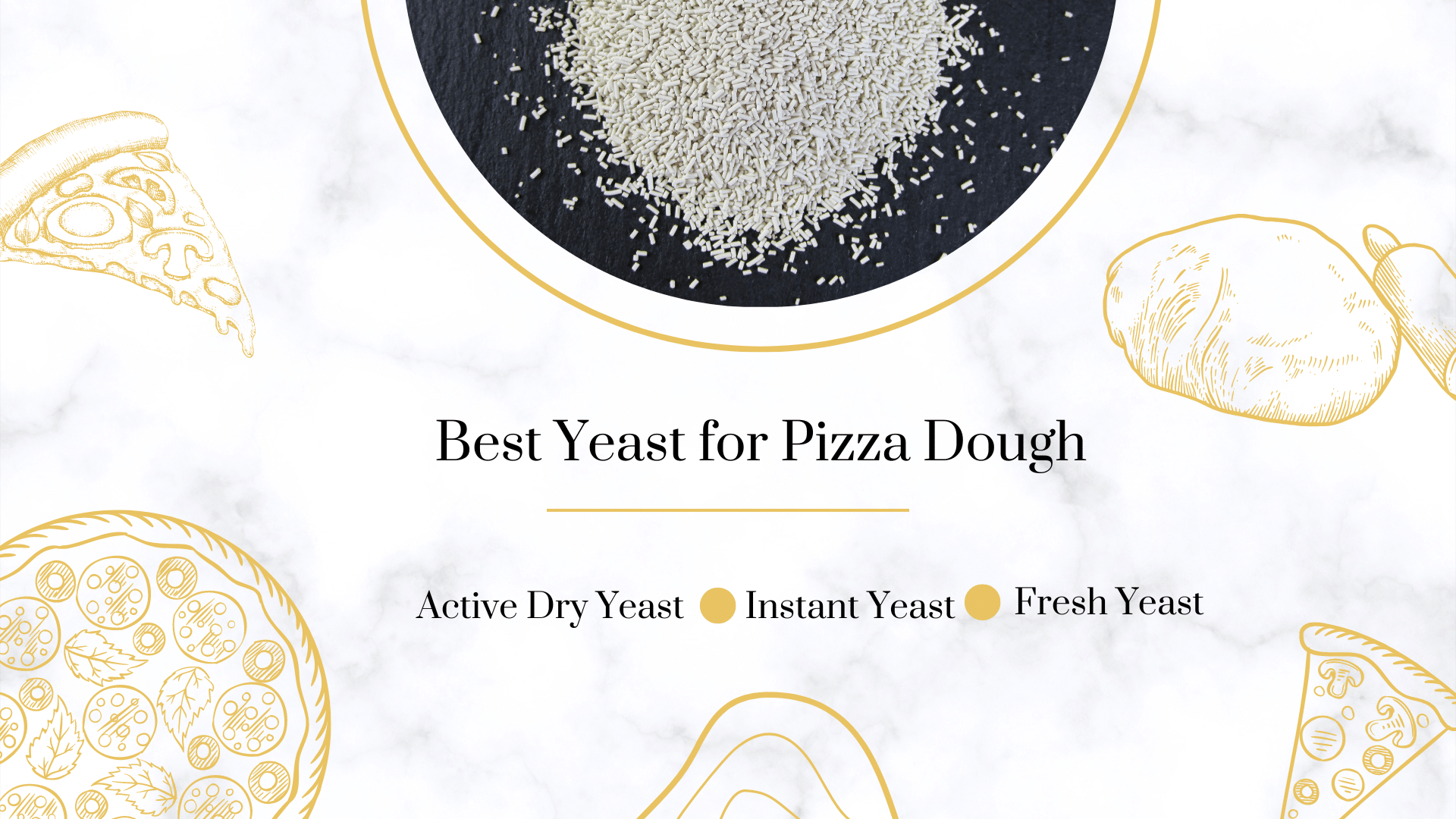
Best Yeast for Pizza Dough: Mastering the Art of Pizza Making
the PROs
What is the Best Yeast for Pizza Dough? Pizza – merely mentioning this delicious dish is enough to stir cravings. …

10 Amazing Yeast Tips for Pizza Dough You Need to Master
the PROs
Pizza Dough Yeast Tips Are you looking for some pizza dough yeast tips? We’ve got plenty of information for you! …
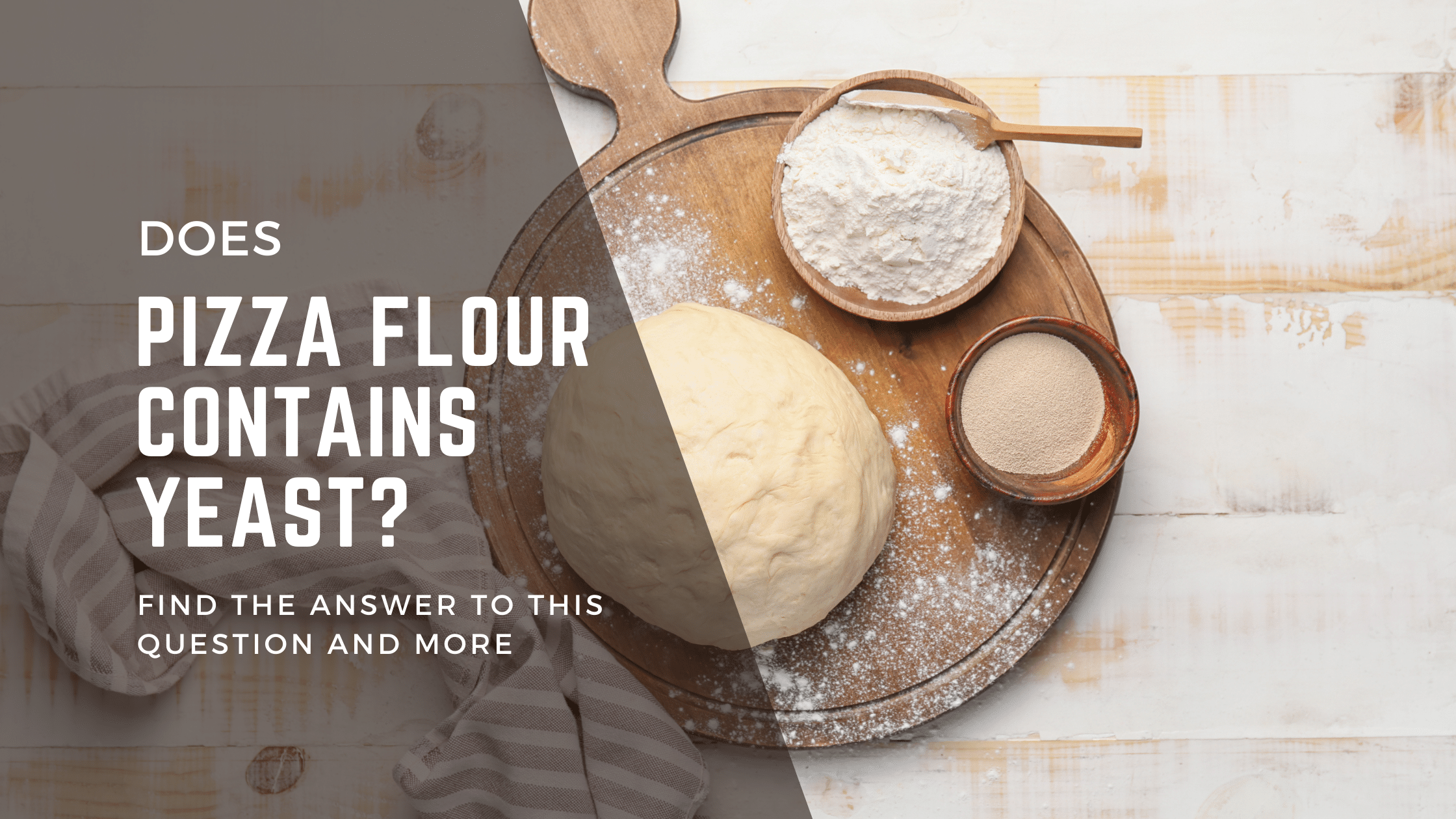
Does Pizza Flour Contain Yeast? Find What You Need to Know
the PROs
Ever wonder what gives pizza its mouth-watering, fluffy, and crisp crust? It’s all about the magic happening behind the scenes …
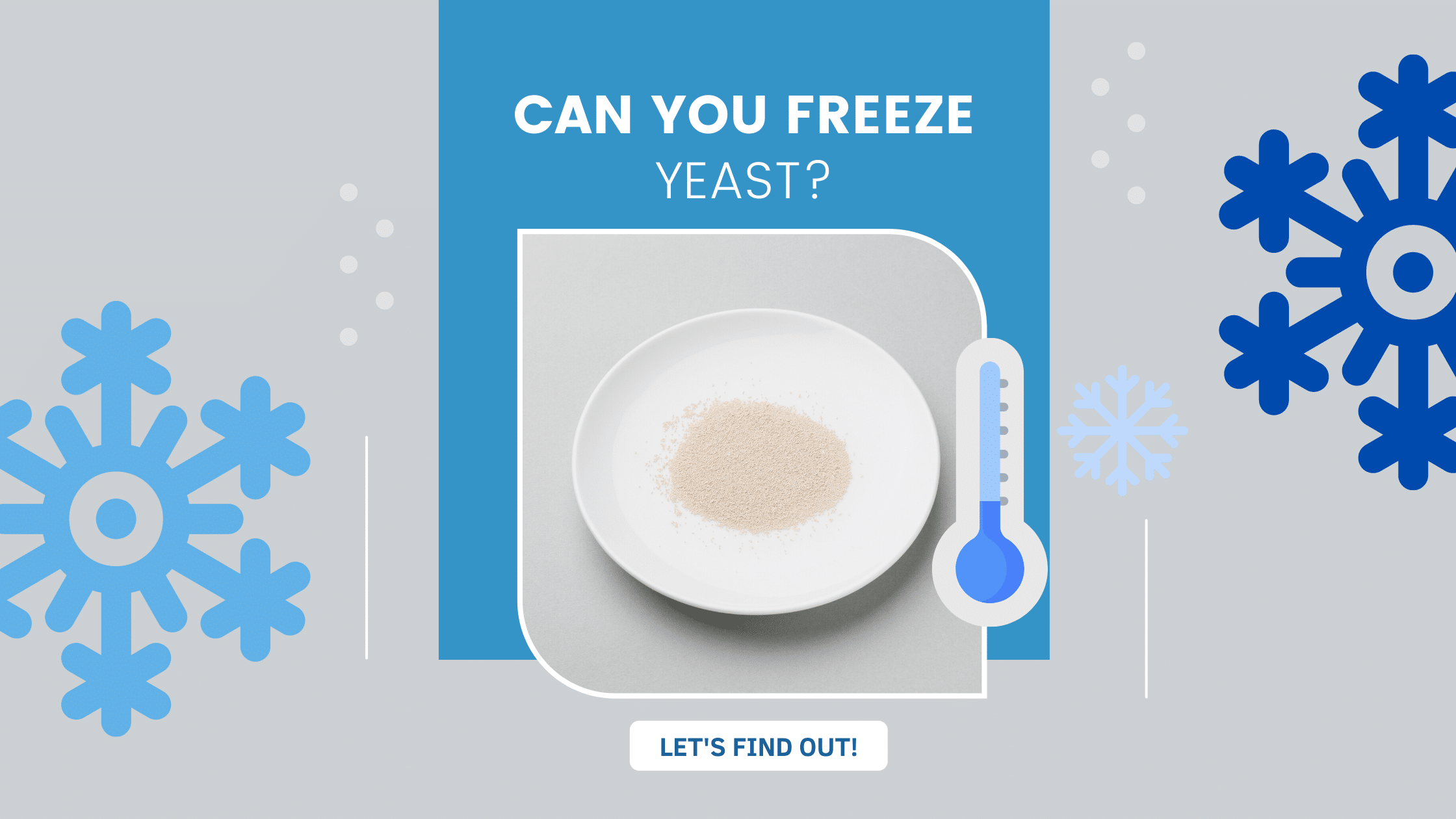
Can You Freeze Yeast? Find Everything You Need to Know
the PROs
“Can you freeze yeast?” – this question has crossed many home bakers’ minds. If you’ve been puzzled by this too, …

How Much Yeast is in a Packet? Easy Shortcuts (+Yeast Tips from the PROs)
the PROs
How Much Yeast is in One Package? Are you wondering how much yeast is in a packet? Easy! Each yeast …
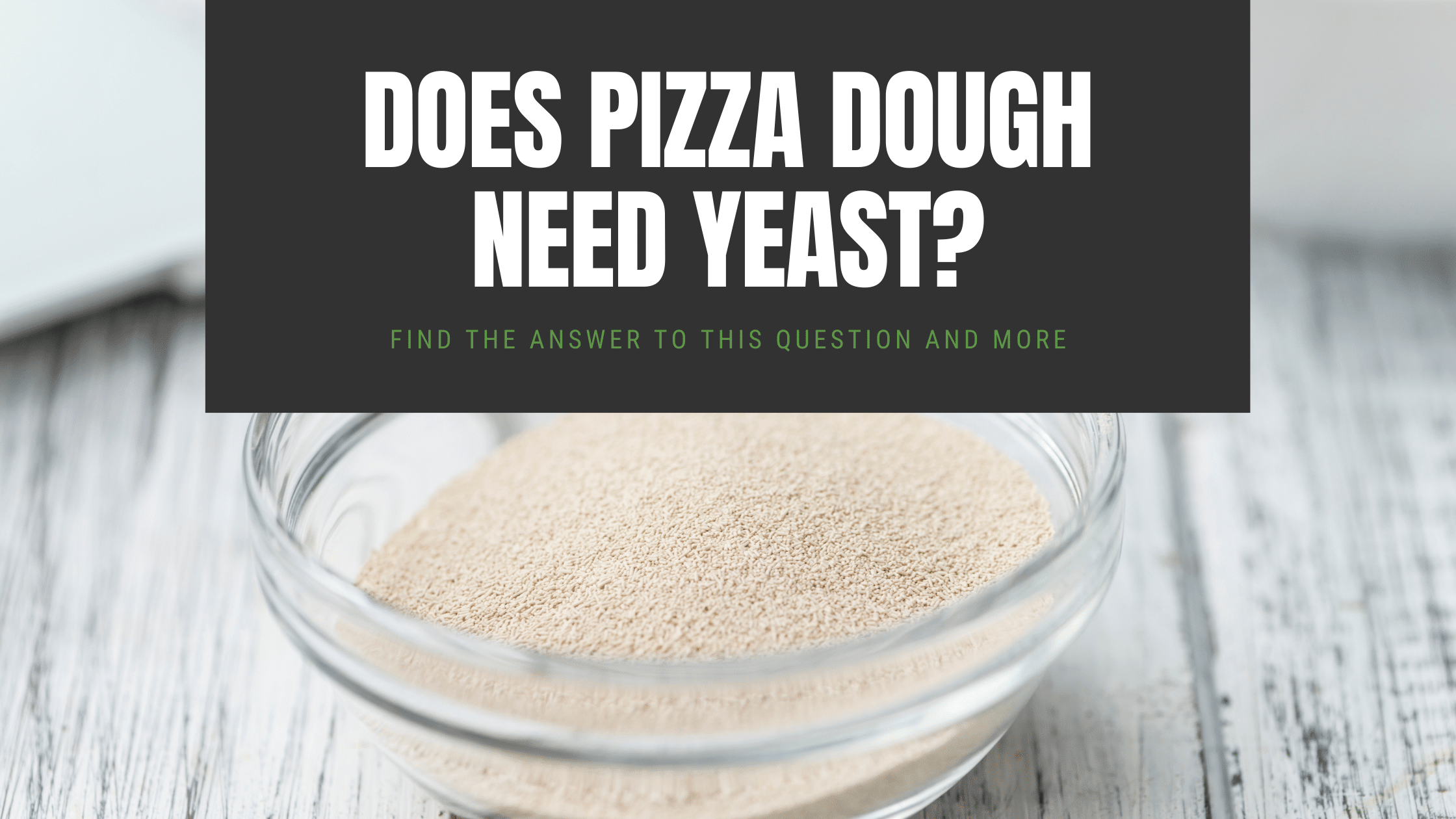
Does Pizza Need Yeast? You Bet! Here’s What You Need to Know
the PROs
Does Pizza Need Yeast? As a home baker, you might ask yourself if pizza needs yeast. Maybe you are feeling …

Yeast for Pizza Dough: Your Key to Creating Irresistible, Airy, and Flavorful Crust”
the PROs
Most certainly, you read about yeast before or at least have seen the various yeast packets at the supermarket, not knowing the difference between them.
Enjoy!
Not a PRO? Not a Problem!
Take a pizza class to bring your pizza skills to the next level,
so you can be a PRO!
Related Posts

Costco Pizza Delivery: Find How You Can Get It Now!
the PROs
People go to Costco’s food court for many different reasons, but the cheesy slice of pizza they serve is among …

Pizza for Beginners: Don’t Buy Pizza, Make It! Here’s How to Get Started!
the PROs
You have this idea that you want to make pizza at home as opposed to ordering it, but where do you start? Don’t worry! Here you will find answers and directions to all your questions.

Pizza Toppings Under Cheese or Over Cheese? [Why the Order Matters]
the PROs
Is Pizza Cheese on Top or Bottom? Hey pizza lovers, are you wondering if you should layer pizza toppings under …
Newsletter
Subscribe to our Recipe of the Week newsletter and receive our partners’ latest recipes, tips, and discount offers.
Keep in Touch!
